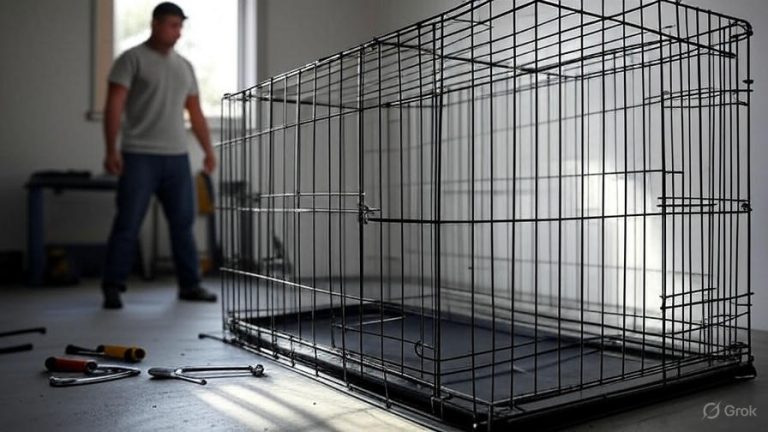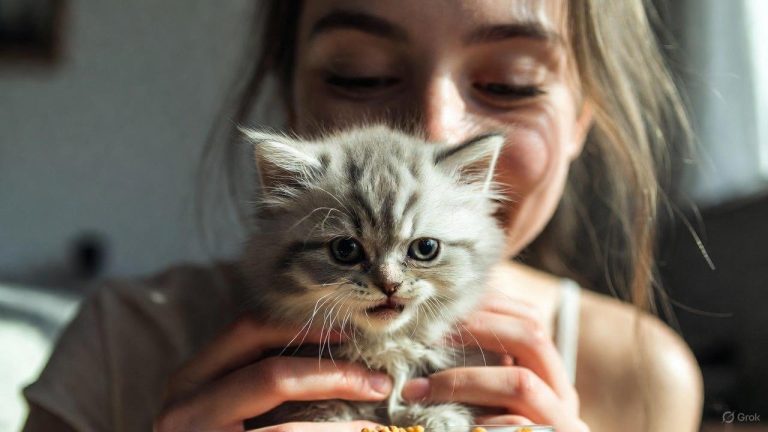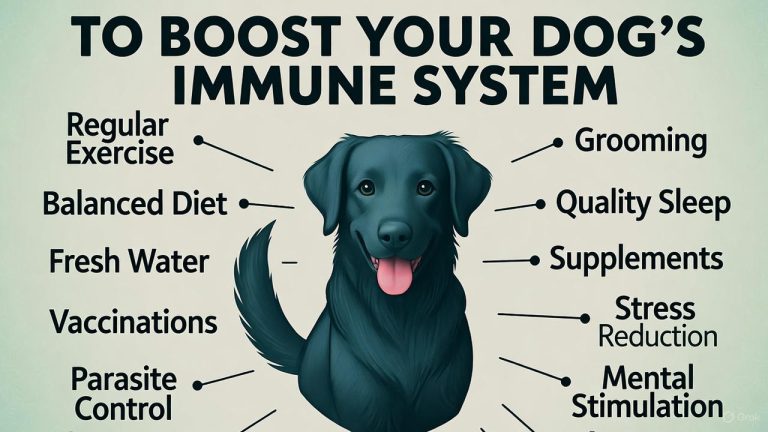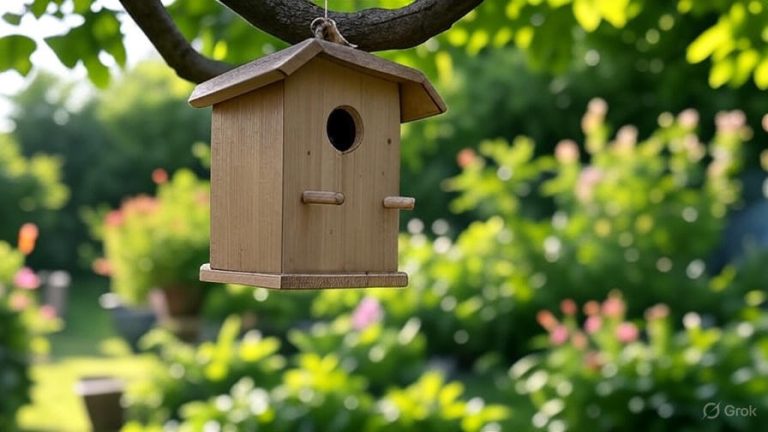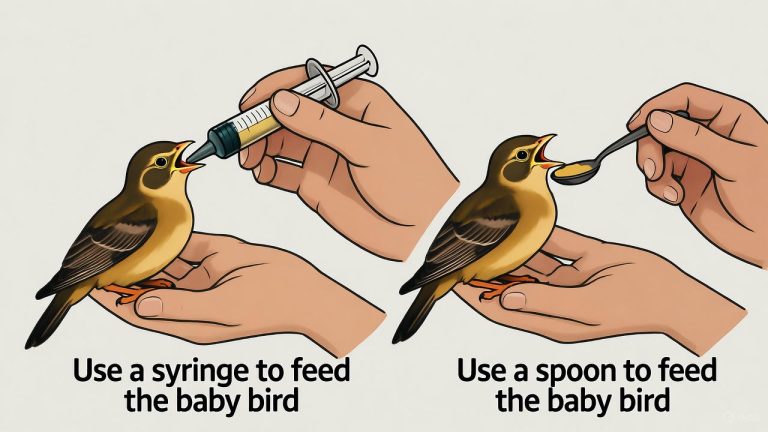How to Keep Ants Away from Cat Food?
Every cat owner knows the frustration. You set down your feline’s favorite meal, and within minutes, a parade of tiny invaders marches toward the bowl. Ants have discovered your cat’s dining area, and they’re not leaving anytime soon. This common household problem affects millions of pet owners worldwide, but the solution doesn’t require harsh chemicals or expensive gadgets.
Ants invade cat food areas because they’re attracted to the protein, fats, and moisture found in both wet and dry cat food. These tiny creatures leave scent trails that guide their colony members directly to your pet’s meal. Once ants establish a food source, they return repeatedly, making your cat’s feeding time a constant battle.
The good news? You can win this war against ant invasions using simple, pet-safe methods that protect your cat’s health while keeping your home ant-free. This comprehensive guide reveals proven strategies, natural deterrents, and preventive measures that actually work.
Why Ants Target Cat Food Bowls
Cats require high-protein diets rich in animal fats and nutrients. These same ingredients that keep your feline healthy also create an irresistible beacon for hungry ants. Wet cat food contains moisture that ants desperately need for survival, especially during dry seasons. Dry kibble provides concentrated proteins and oils that ants can easily transport back to their nests.
Scout ants constantly search for food sources around your home. When one discovers your cat’s bowl, it releases pheromones that create an invisible highway for other colony members. This scent trail explains why you might see single ants one day, then wake up to find hundreds surrounding your pet’s food the next morning.
The timing of ant invasions often coincides with seasonal changes. Spring and summer bring increased ant activity as colonies expand and search for new food sources. Rainy weather drives ants indoors, while drought conditions make the moisture in cat food even more attractive. Hot weather accelerates the spoilage of wet food, creating stronger odors that travel further and attract more ants.
Creating Physical Barriers That Actually Work
Water moats represent one of the most effective physical barriers against ant invasions. Place your cat’s food bowl inside a larger, shallow dish filled with water. The water creates an impassable barrier that ants cannot cross. Change the water daily to prevent mosquito breeding and maintain freshness.
For this method to succeed, ensure the food bowl doesn’t touch the sides of the water dish. Even a small bridge allows determined ants to reach their destination. Use a bowl with straight sides rather than curved ones, as ants can sometimes climb curved surfaces more easily.
Elevated feeding stations offer another powerful solution. Mount cat food bowls on smooth, metal stands or use specially designed elevated feeders with slippery surfaces. Ants struggle to climb smooth metal or glass surfaces, especially when the legs of the stand are treated with pet-safe deterrents.
Double-sided tape creates an effective, temporary barrier around feeding areas. Ants hate the sticky texture and will avoid crossing taped surfaces. Replace the tape weekly or when it loses its stickiness. This method works particularly well for creating perimeters around feeding stations.
Petroleum jelly applied to the legs of feeding stands creates a slippery barrier that ants cannot navigate. Apply a thin layer to each leg, focusing on the areas where the stand touches the ground. Reapply monthly or after cleaning. This method combines with elevated feeding for maximum effectiveness.
Natural Ant Repellents Safe for Cats
Diatomaceous earth (food grade only) creates a natural barrier that damages ant exoskeletons without harming cats. Sprinkle a thin line around the feeding area, but keep it away from food bowls to prevent your cat from inhaling the powder. This microscopic algae fossil effectively dehydrates ants while remaining safe for pets when used properly.
Cinnamon powder and cinnamon essential oil disrupt ant scent trails and create an aromatic barrier. Cats generally tolerate cinnamon well, though some may find the scent overwhelming. Sprinkle ground cinnamon around the feeding area or soak cotton balls in cinnamon oil and place them strategically around the room.
Coffee grounds repel many ant species while providing a natural, recycled solution. Spread used coffee grounds in a circle around your cat’s feeding station. The acidic nature and strong scent of coffee grounds interfere with ant navigation systems. Replace the grounds weekly to maintain effectiveness.
White vinegar disrupts ant pheromone trails and creates an inhospitable environment for these pests. Mix equal parts water and white vinegar in a spray bottle. Clean the feeding area with this solution daily, focusing on surfaces where ants have been spotted. The vinegar smell dissipates quickly but leaves behind ant-repelling properties.
Lemon juice and lemon peels contain citrus oils that naturally repel ants. Wipe down feeding areas with fresh lemon juice or place lemon peels around the perimeter of your cat’s dining space. The citric acid destroys scent trails while the fresh scent remains pleasant for humans and tolerable for most cats.
Strategic Feeding Location Management
The location of your cat’s feeding area significantly impacts ant attraction. Avoid placing food bowls near ant entry points such as doors, windows, cracks, or areas where you’ve previously seen ant activity. Ants follow established routes, and feeding areas placed along these paths become easy targets.
Kitchen corners and areas near sinks attract ants because of moisture and food residue. While kitchens seem like natural feeding locations, consider moving your cat’s meals to areas with less foot traffic and fewer food sources. Bathrooms, laundry rooms, or dedicated pet areas often experience fewer ant problems.
Smooth, hard flooring surfaces work better than carpeted areas for cat feeding stations. Tile, hardwood, or linoleum floors allow for easier cleaning and better detection of ant trails. These surfaces also support physical barriers like water moats more effectively than soft flooring materials.
Distance from exterior walls reduces ant access to feeding areas. Ants typically enter homes along wall lines and follow perimeter routes. Placing feeding stations toward the center of rooms makes discovery more difficult for scout ants and complicates access for entire colonies.
Smart Feeding Schedule Modifications
Timed feeding schedules dramatically reduce ant attraction by limiting food availability. Instead of leaving food out all day (free feeding), establish specific meal times when you can supervise your cat’s eating. Remove uneaten food within 30 minutes to eliminate the food source that attracts ants.
Multiple small meals throughout the day work better than one or two large portions. Cats naturally prefer frequent, small meals, and this feeding pattern reduces the amount of food available to ants at any given time. Smaller portions also encourage cats to finish their meals completely, leaving less food for uninvited guests.
Evening feeding schedules can reduce ant problems since many ant species are less active during cooler nighttime hours. Feed your cat 2-3 hours before bedtime, then clean up any remaining food. This timing allows your pet to digest properly while removing ant attractants before peak activity periods.
Weather-based feeding adjustments help prevent ant invasions during high-risk periods. During rainy weather or extreme heat, when ants are more likely to venture indoors, increase vigilance around feeding times. Consider indoor feeding areas during these periods, even for cats that normally eat outdoors.

Proper Food Storage Solutions
Airtight containers prevent ants from detecting and accessing stored cat food. Transfer dry kibble from original bags into sealed plastic or glass containers immediately after purchase. Metal containers with tight-fitting lids work exceptionally well because ants cannot chew through them or detect food odors.
Refrigeration of opened wet cat food prevents spoilage and reduces odor attraction. Store opened cans in the refrigerator and bring portions to room temperature before serving. This practice not only deters ants but also maintains food quality and prevents bacterial growth.
Freezer storage works well for bulk dry food purchases. Divide large bags of kibble into weekly portions and freeze unused portions. This method kills any eggs or larvae that might be present in the food and prevents pantry pests from establishing themselves in stored food.
Elevated storage keeps food containers away from floor-level ant highways. Store cat food containers on shelves, in cabinets, or on stands that ants cannot easily access. Clean storage areas regularly to remove food particles that might attract scouts.
Daily Cleaning Routines That Work
Immediate cleanup after each feeding removes food particles and spills that attract ants. Wash food bowls with hot, soapy water after every meal, paying attention to crevices where food particles hide. Wipe down the feeding area with ant-repelling solutions to eliminate scent trails.
Floor cleaning around feeding areas should happen daily, not weekly. Sweep or vacuum around food bowls to remove dropped kibble and food crumbs. Mop with vinegar solution to clean and deter ants simultaneously. Pay special attention to corners and edges where crumbs accumulate.
Water bowl maintenance requires daily attention since stagnant water attracts ants and other pests. Change water daily and clean bowls thoroughly to prevent bacterial growth and mineral buildup. Use fresh water in moat barriers and replace it when it becomes cloudy or debris-filled.
Feeding mat cleaning prevents buildup of food oils and particles that attract ants over time. Use washable mats under food bowls and clean them weekly in hot water. Rubber mats work better than fabric ones because they’re easier to sanitize and don’t absorb odors.
Advanced Ant Prevention Strategies
Bordering techniques create comprehensive barriers around entire feeding areas. Combine multiple deterrent methods to create layered defenses. Use water moats, elevated stations, natural repellents, and regular cleaning together for maximum effectiveness. This approach addresses different ant species and various entry methods.
Seasonal adjustments to your ant prevention strategy account for changing pest pressure throughout the year. Increase vigilance during spring and early summer when ant colonies are most active. Scale back intensive methods during winter months when ant activity naturally decreases.
Professional-grade food-safe ant baits can eliminate entire colonies when natural methods aren’t sufficient. Place baits away from cat access areas, following label directions carefully. These baits work by allowing worker ants to carry poison back to the colony, eliminating the source of the problem rather than just treating symptoms.
Environmental modifications around your home’s exterior reduce overall ant pressure. Seal cracks and crevices where ants enter buildings. Trim vegetation away from exterior walls and eliminate outdoor food sources like pet food, garbage, and standing water.
Troubleshooting Common Problems
Persistent ant problems despite preventive measures often indicate hidden food sources or entry points. Inspect the entire feeding area for spilled food, crumbs in cracks, or residue on surfaces. Check under appliances, inside cabinets, and around baseboards for accumulated food particles.
Multiple ant species may require different approaches since various species respond differently to deterrent methods. Sugar ants, grease ants, and carpenter ants all have distinct preferences and behaviors. Observe the ants in your home to identify the species and tailor your approach accordingly.
Cat acceptance of new feeding routines may take time and patience. Some cats resist changes to their feeding locations or schedules. Gradually transition to new arrangements over several days, using favorite treats and positive reinforcement to encourage acceptance of ant-prevention measures.
Seasonal ant surges can overwhelm even well-established prevention systems. During peak ant season, intensify your efforts by increasing cleaning frequency, refreshing natural deterrents more often, and adding temporary barriers around feeding areas.
When to Call Professional Help
Severe infestations that don’t respond to home remedies may require professional pest control intervention. If ants continue to invade despite consistent application of multiple prevention methods, the problem likely extends beyond the immediate feeding area to established colonies within your home’s structure.
Property damage from certain ant species, particularly carpenter ants, requires immediate professional attention. These ants tunnel through wood structures and can cause significant damage if left untreated. Signs include sawdust-like debris, hollow-sounding wood, and visible tunnels in wooden structures.
Health concerns arise when ant populations become overwhelming or when family members have allergies to ant bites or stings. Some ant species can contaminate food with bacteria, while others deliver painful stings that require medical attention.
Maintaining Long-term Success
Consistency in applying preventive measures determines long-term success in keeping ants away from cat food. Develop daily, weekly, and monthly routines that address all aspects of ant prevention. Daily feeding supervision and cleanup, weekly deep cleaning of feeding areas, and monthly inspection of barriers and deterrents create a comprehensive approach.
Monitoring and adjustment of your ant prevention system ensures continued effectiveness. Keep a log of ant sightings, noting dates, locations, and weather conditions. This information helps identify patterns and adjust strategies before problems escalate.
Family cooperation in maintaining ant prevention measures ensures success when multiple people care for your cat. Educate all household members about proper feeding procedures, cleanup routines, and the importance of consistency in applying preventive measures.
The battle against ants in your cat’s feeding area is completely winnable with the right combination of strategies, consistency, and patience. By implementing physical barriers, natural deterrents, smart feeding practices, and proper cleaning routines, you can create an ant-free environment that keeps your feline friend happy and healthy.
Remember that successful ant prevention requires a multi-faceted approach rather than relying on any single method. Start with the strategies that fit your living situation and your cat’s preferences, then add additional measures as needed. With persistence and the right techniques, you’ll soon enjoy peaceful, ant-free feeding times with your beloved cat.



